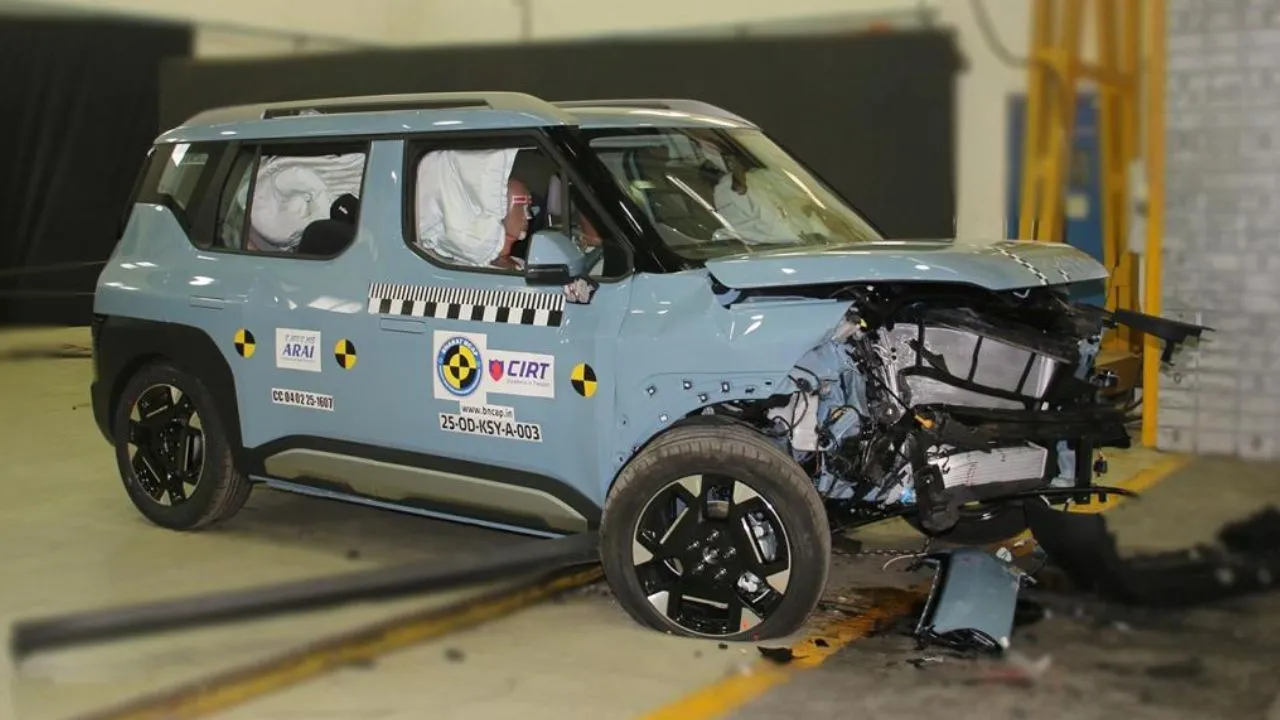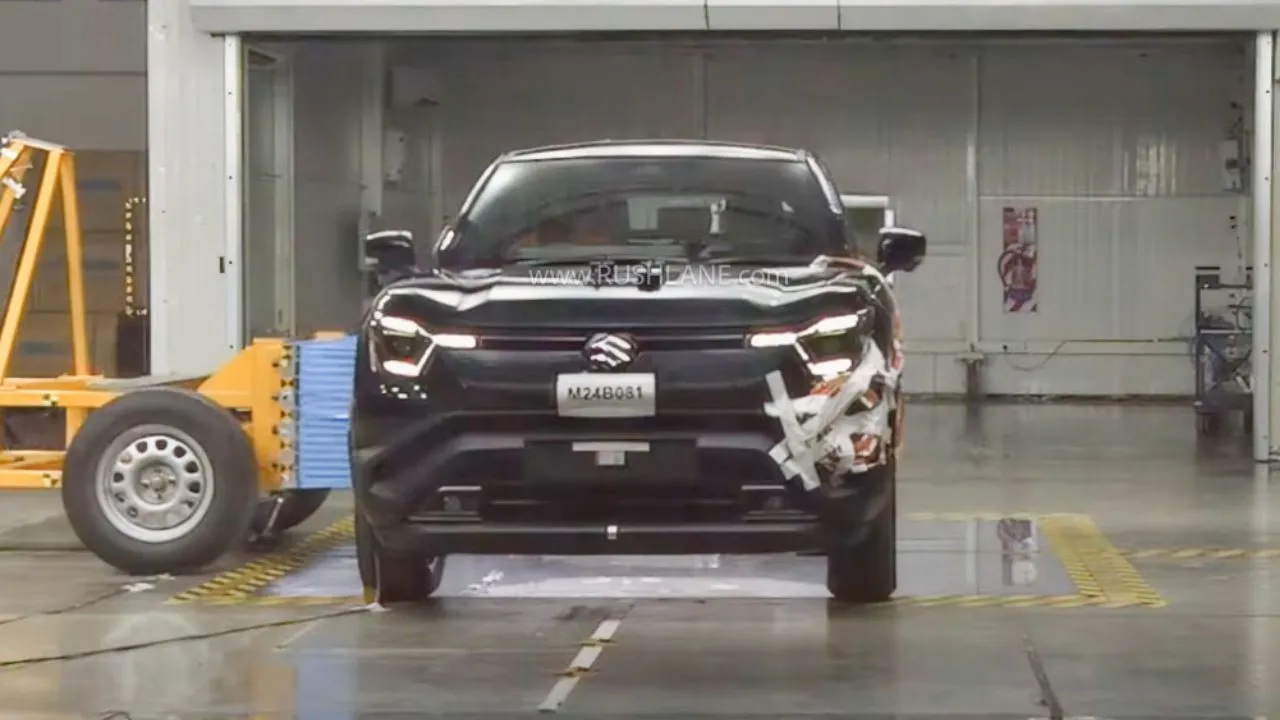Opinion: How Companies Can do More for Road Safety than Individuals and the Government
According to the World Health Organisation, 1.19 million people die each year on the roads, and a staggering 92% of these deaths occur in low- and middle-income countries.

Many years ago, I commented admiringly on how my cousin and his entire family belted up before heading out in their car. This was at a time even before the Government mandated rear seat-belt warning chimes in cars and the ambitious threat of fining non-rear seat belt wearers was in place. My cousin was a senior executive at a large FMCG company and he told me that he was only following the instructions of his employer. Some of his employee benefits or compensation would be held back by the company if something untoward happened and it was found that occupants were not belted up or were not observing safe driving practices. That’s it. No Road Safety Week, no pithy messages on hoardings and no fear of the law was required for following road safety protocols – just the hint of a pecuniary threat worked wonders.
Now imagine if all the corporations of the world employing billions of people took the onus of making sure their employees or stakeholders drive or ride safely. Wouldn’t that make a global impact in reducing road fatalities and injuries, and the consequent social and economic benefits all around? That’s perhaps what the FIA was thinking back in 2020.
The Fédération Internationale de l’Automobile is more than the global governance body of motorsport; it is also the apex global road safety body. With road safety becoming a crucial factor for achieving the Sustainable Development Goals set in the United Nations’ Agenda 2030, the FIA has taken it up in earnest. And helping achieve the UN’s SDGs is a compelling reason for companies to also pitch in. But how? Just like corporations measure their Carbon Footprint to gauge their environmental impact, the FIA says why not measure their Safety Footprint too? Measuring this allows companies to use it as a basis for setting goals and formulating strategies to curb road safety fatalities and injuries.
So what constitutes the Safety Footprint? FIA says “It refers to the number of fatalities and seriously injured persons as a result of road crashes occurring with an organisation’s entire value chain. All casualties resulting from relevant and significant activities, services and products should be included in the calculation.” This is the basic idea behind developing the FIA’s Road Safety Index.
Also Read: Is The Car-Free Movement Here Already?
The FIA says that the Road Safety Index ‘aims to increase organisations’ insights on the impact of their operations on road safety and to help them report on their ambitions, actions, and results. The Index has been designed based on a long-term commitment and offers a systematic approach to identify, measure and follow up road safety results throughout the corporates’ value chain.’ This project began in 2020 and a year later, six pilot projects with three multinational companies, a Swedish authority and two FIA Clubs were initiated to test and develop the Index. In June 2023, the FIA announced that Total Energies became the first private sector company to receive 3 stars from the FIA Road Safety Index, the highest rating. Today, the Index is indeed active, and companies can very much adopt it, and I hope they do.
How? These are the basic steps: One, organisations examine their entire value chain and identify specific opportunities to improve road safety in their sphere of influence. Two, assess the extent to which the organisation can take responsibility in this value chain. Three, assess its safety footprint. Four, plan how to improve performance and set targets and monitoring mechanisms. Apply Safety Performance Factors – speed management, vehicle safety standards, vehicle fitness requirements and protective gear usage – across the value chain. Finally, organisations can identify non-compliance, improve knowledge and enhance road safety, and foster relationships with other stakeholders to support road safety initiatives. To learn more about how to incorporate the FIA Road Safety Index into your company’s annual reporting, visit here.
According to the World Health Organisation, 1.19 million people die each year on the roads, and a staggering 92% of these deaths occur in low- and middle-income countries. These constitute overwhelmingly vulnerable road users like pedestrians, cyclists and two-wheeler riders. On Indian roads, 168,491 people died in 2022, according to Government statistics. And 66.5% of these deaths were Indians who were 18-45 years young. The FIA says that all organisations have a significant sphere of traffic safety influence, going beyond their employees to contracted parties and third parties. If Indian corporates step in and adopt the FIA Road Safety Index to address our unique problems, perhaps we would be able to bring down these gruesome statistics substantially. Any company up for it?









.webp)




















Write your Comment on